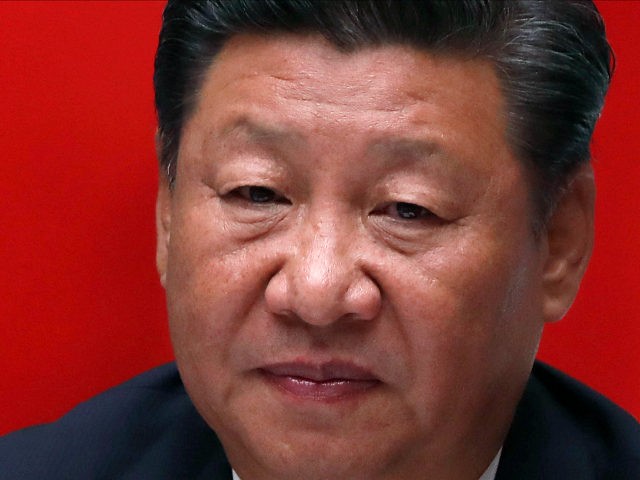A few weeks ago, Chinese President Xi Jinping offered a Soviet-style five-year plan for China‘s progress at the Communist Party congress in Beijing. Despite his talk of global cooperation, the themes were familiar socialist boilerplate about Chinese economic and military superiority to come.
Implicit in the 205-minute harangue were echoes of the themes of the 1930s: A rising new Asian power would protect the region and replace declining Western influence.
President Xi promised that the Chinese patronage offered a new option for his neighbors “to speed up their development while preserving their independence.”
Sound familiar?
In the 1930s, Imperial Japan tried to square the same circle of importing Western technology while deriding the West. It deplored Western influence in Asia while claiming its own influence in the region was more authentic.
Only about 60 years after the so-called Meiji Restoration, Japan shocked the West by becoming one of the great industrial and military powers of the world.
Depressed by the superior technology and wealth of Western visitors, late-19th-century Japan entered a breakneck race to create entire new industries — mining, energy, steel — out of nothing.
It soon sent tens of thousands of students to European (and, to a lesser extent, American) universities and military colleges. They mastered Western military organization firsthand.
(C) 2017 TRIBUNE CONTENT AGENCY, LLC.

COMMENTS
Please let us know if you're having issues with commenting.